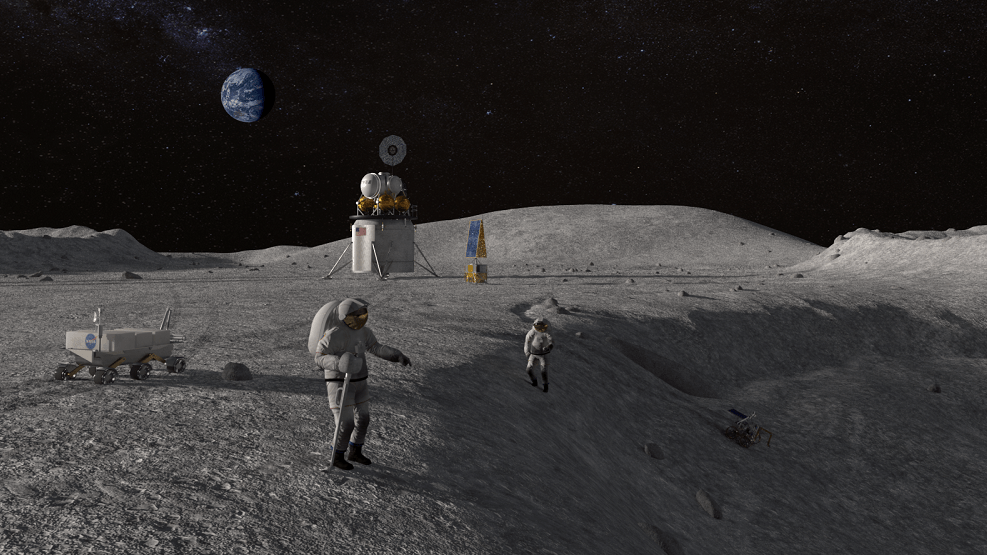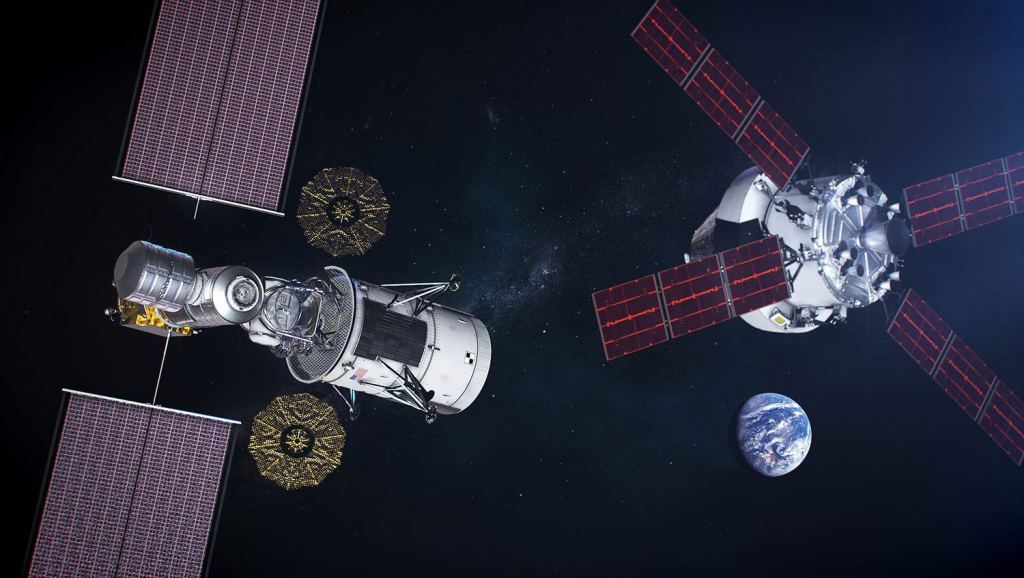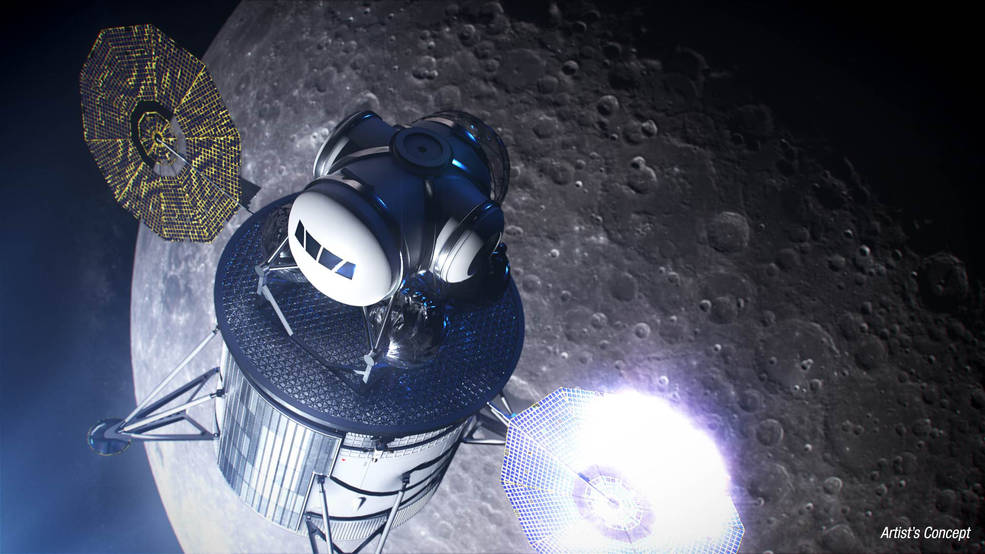On March 26th, 2019, during the fifth meeting of the reestablished National Space Council, Vice President Mike Pence challenged NASA to land astronauts on the Moon within the next five years. This represented an order to expedite Space Policy Directive-1 signed by President Trump on December 11th, 2017, which directed NASA to take all the necessary steps to send astronauts back to the Moon.
This announcement suggested that some shake-up might be taking place within the agency to make things happen. However, it appears that this now involves the demotion of two longtime NASA heads who have dedicated much of their lives to the advancement of human space exploration. Whether or not this decision came from the White House is unclear, but it is in keeping with the direction recently issued by VP Pence.
The first person to be demoted was William Gerstenmaier, who has served with NASA since 1977 and has been the Associate Administrator of Human Exploration and Operations for the past 14 years. He has since been reassigned to the role of special assistant to NASA Administrator Jim Bridenstine’s deputy, Jim Morhard.

Bridenstine expressed the reasons for this decision in a memo to NASA employees:
“As you know, NASA has been given a bold challenge to put the first woman and the next man on the Moon by 2024, with a focus on the ultimate goal of sending humans to Mars. In an effort to meet this challenge, I have decided to make leadership changes to the Human Exploration and Operations (HEO) Mission Directorate.”
In addition, William Hill – a deputy associate administrator under Gerstenmaier – was also moved to a special assistant position under NASA’s associate administrator Steve Jurczyk. Replacing Gersteinmaier as acting associate administrator for human exploration is Ken Bowersox, a former astronaut and vice-president of Astronaut Safety and Mission Assurance at SpaceX.
In this respect, both the head and deputy of the human spaceflight wing have effectively been demoted to positions under the head and deputy head of NASA. Whether or not this is due to the frustrations the White House has expressed over delays and the fact that NASA’s new heavy rocket – the Space Launch System (SLS) – is still not ready, is not entirely clear.
However, it is consistent with the restructuring Pence alluded to during the fifth meeting of the NSC back in March. As the VP indicated in his remarks:
“[I]n order to accomplish this, NASA must transform itself into a leaner, more accountable, and more agile organization. If NASA is not currently capable of landing American astronauts on the Moon in five years, we need to change the organization, not the mission.”

The news of Gerstenmaier’s demotion came just hours after he testified at a meeting of the House Subcommittee on Space and AeronauticsCommittee on Science, Space, and Technology. This meeting focused on the future of the International Space Station and NASA’s long-term vision for use of low-Earth orbit. As he wrote in testimony for the hearing:
“NASA’s Artemis program will build a sustainable, open architecture that returns humanity to our nearest neighbor. We are building for the long term, and this time are going to the Moon to stay. We are designing an open, durable, reusable architecture that will support deep space exploration for decades to come. Sustainability requires reusable systems and partnerships from across the commercial sector and around the world.”
At the risk of speculating, it is entirely possible that Gerstenmaier is not entirely on board with the administration’s current plans or their time table for making them happen. It is also possible that these demotions are the result of frustrations over program delays and this was seen as a way to “change the organization” rather than the mission.
Other indications of an internal shake-up include the resignation of Mark Sirangelo, a special assistant to Bridenstine who was appointed to oversee the agency’s structural changes. Sirangelo resigned back in May, apparently due to dwindling congressional support for the Trump administration’s lunar initiative.

Suffice it to say, the news of Gerstenmaier’s demotion came as a surprise to many. During his 42 years at NASA, he served in many high-profile positions, including the Shuttle/Mir Program operations manager, the Space Shuttle Program Integration manager, the ISS Program manager, and the Space Operations Directorate associate administrator.
For his long history of service, Gerstenmaier has received numerous awards, including three NASA Certificates of Commendation, two NASA Exceptional Service Medals, a Senior NASA Outstanding Leadership Medal, the Meritorious Executive Presidential Rank Award, and Distinguish Executive Presidential Rank Award.
“We, as a nation, are thankful for his service in advancing America’s priorities and expanding the limits of science, technology, and exploration,” wrote Bridenstine in the memo. What this means for the agency in both the long term and short remains unclear, but that has become something of a norm for NASA of late.
Whether or not a Moon landing will happen again by 2024, and whether SPD-1 will survive the next election, are also unclear.
Further Reading: Reuters

